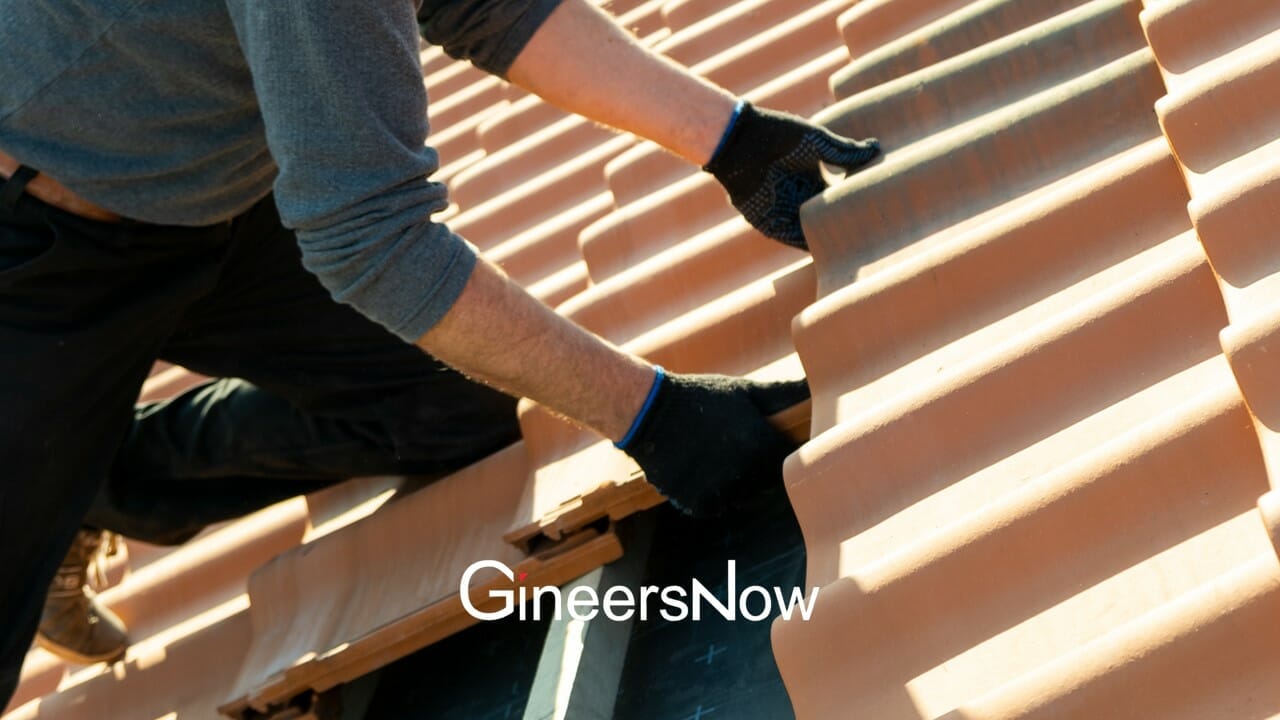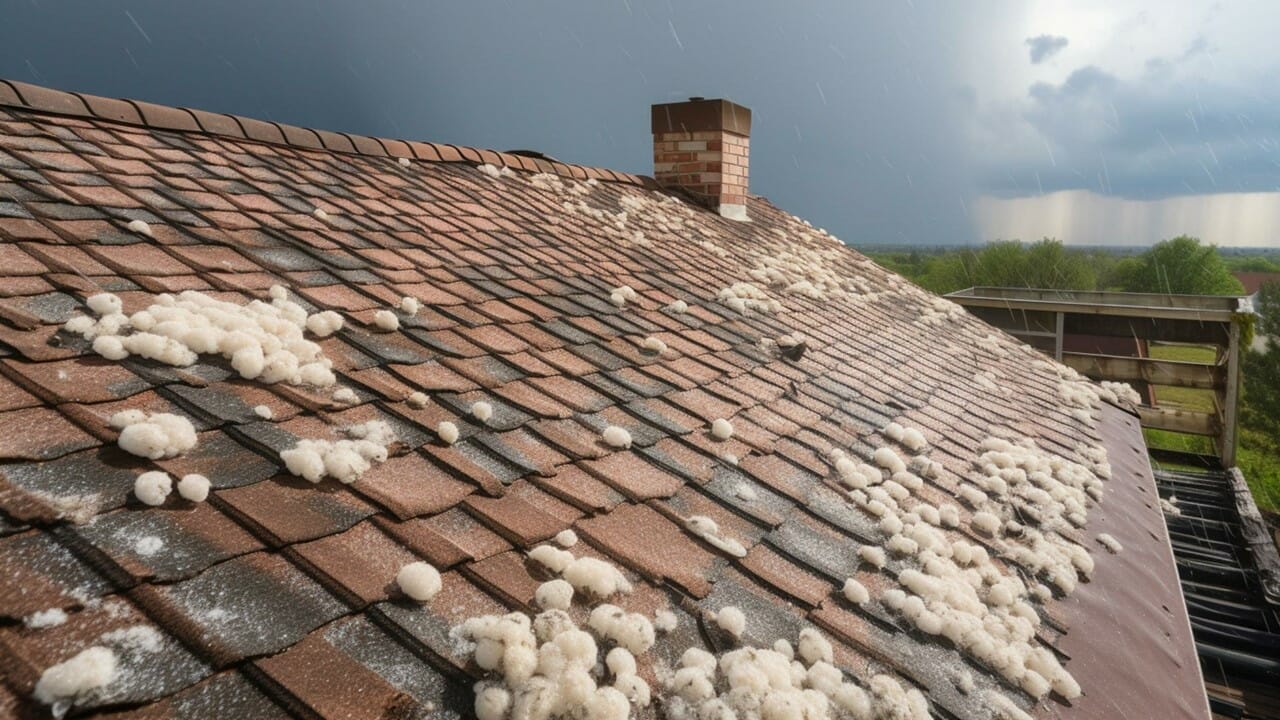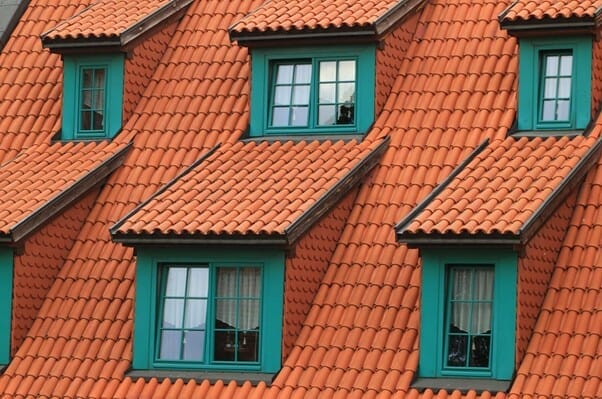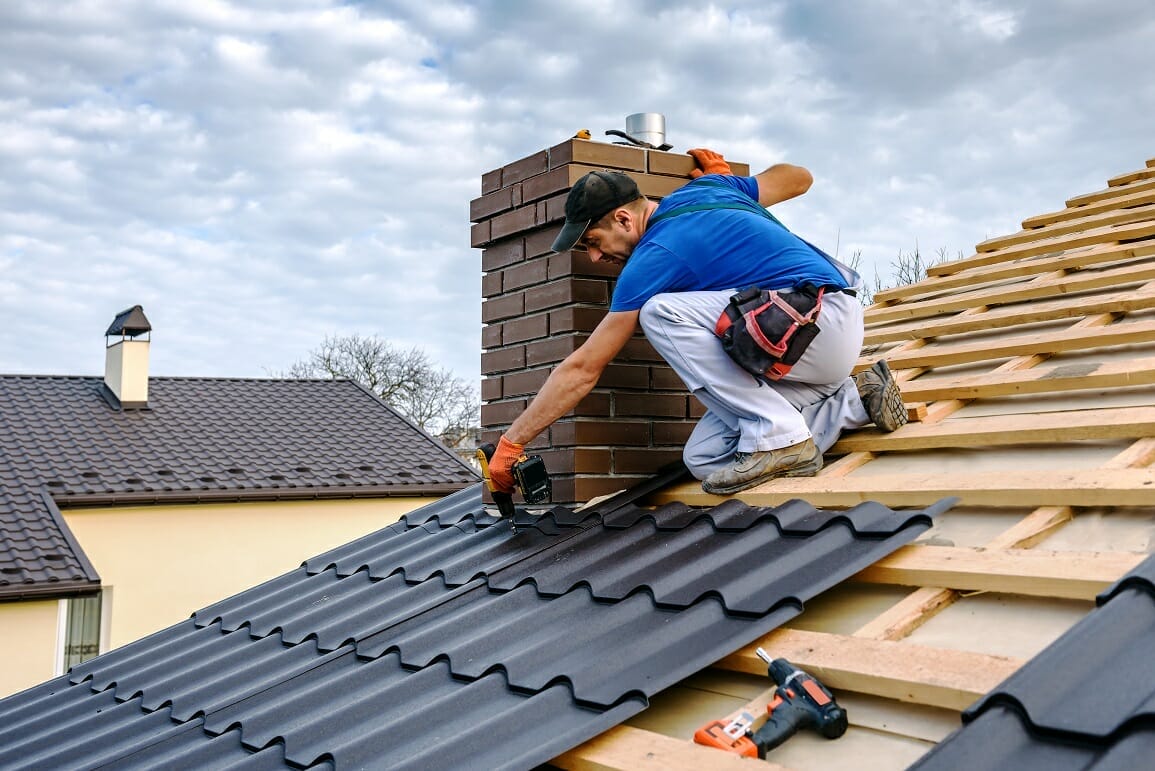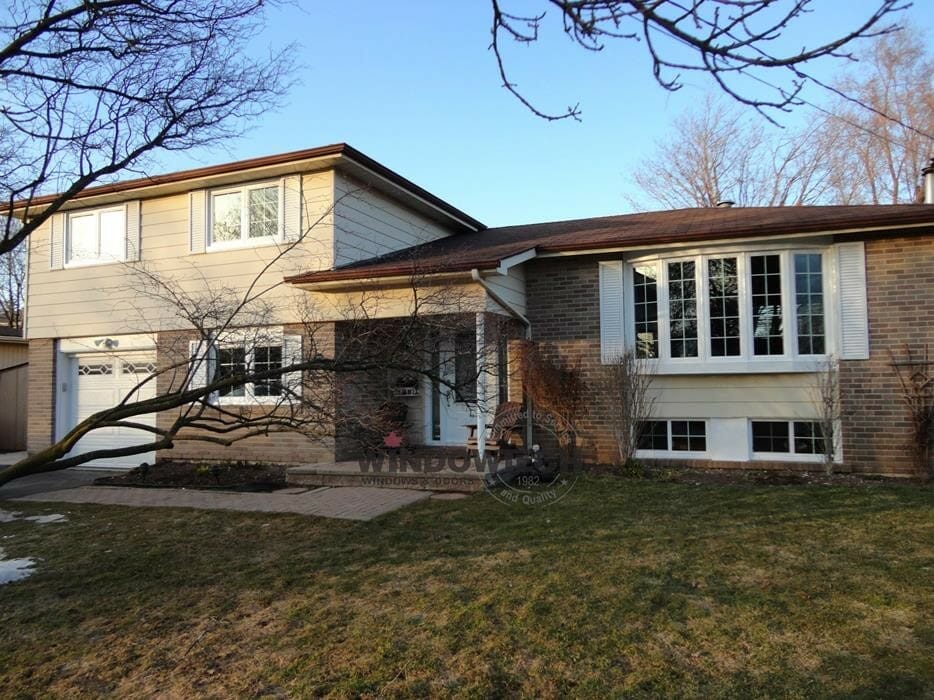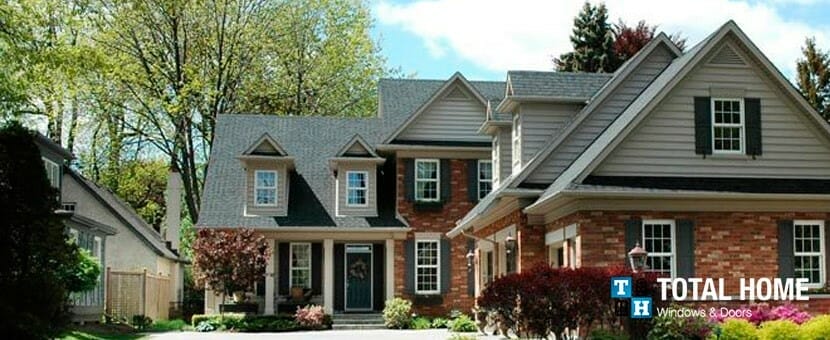Tile roofing is an excellent way to reduce the energy costs of your home. Learn how a tile roof can help save energy costs.
Being a homeowner entails balancing many responsibilities every day to keep your house and your life in order. Although it might sound simple, things get a bit more complicated as you delve deeper. After all, navigating life’s challenges is not always easy. Naturally, if you keep up with home maintenance, you may anticipate almost the same.
It takes time and effort to keep a house maintained, especially if you want to be meticulous about it. To maintain comfort and happiness for the people who live in it, your home must remain updated and functional, whether it means investing time or money. However, you can’t stop the rise in energy costs in the current economic climate. Therefore, if your wallet runs dry, any happiness and comfort you may have may be dampened. So, you might be surprised once you start making changes around the house.
The roofing system is one element that is frequently disregarded. Given its height, it doesn’t receive the attention it requires. But as a homeowner, keeping an eye on every part of the house is a must.
The roof takes the hardest hit from weather conditions like wind and rain. As a result, the choice of material and the quality of construction are equally crucial to the roof’s overall structure. That’s why it makes sense to consider tile roofs if you’re exploring roofing materials.
What Are Tile Roofs?
Tile roofs are one of the roofing solutions on the market that are well-known for their distinctive quality as the most energy-efficient roofing material. For that reason, most of the real estate market has already incorporated this feature to encourage more potential homeowners to purchase that house.
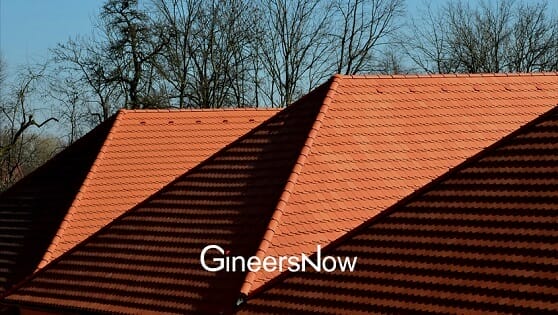
How Tile Roofs Are Energy-Efficient
It’s easy to install roof tiles and simply call it a day after enhancing it using a roof primer you bought from the hardware store or online using their site. However, any smart homeowner understands that it is not simple to make their property the greatest in the community. Or, at the very least, it is good enough to be inexpensive to maintain. Therefore, you might wonder, ‘what exactly makes roof tiles energy-efficient?’
1. Reflective Materials
While not as reflective as a mirror, tile roofs are still highly regarded for their reflective qualities. But they can do more than reflect light; they can also reflect the sun’s thermal qualities. Because if you didn’t know, cement is a naturally reflective material. Considering tile roofs can’t be produced without them, their reflective nature ensures that the roofing system absorbs less energy from the sun.
Furthermore, the amount of heat the roofing system can reflect depends on the color you choose. For instance, a material is more likely to absorb thermal energy if it is darker. Similarly, the lighter it is, the better it reflects the sunlight and heat. Thus, encouraging your indoor temperature to stay cool the entire day. However, you can have skylights built on the roof if you wish to let more natural light into the house.

2. Individual Installation
Unlike flat roofs, tile roofs are installed one at a time. Although it sounds time-consuming, this method is preferable if you’re aiming for energy efficiency. After all, those gaps in between allow more natural air to pass through.
Conversely, compared to roofing options that overlap in broad sheets, tile roofs create more airspace for a ‘barrier’ to form between the tiles and the roof deck. Using this ‘barrier,’ they discourage excess thermal energy from heating the indoor area to unbearable levels.
3. Long Sustainability
Although metal is considered one of the industry’s most durable materials, this is only true in some circumstances. Since metal is on the verge of succumbing to rust when subjected to intense heat followed by soaking in water. Remember that if there’s one way to weaken metal’s integrity, it’s rust. Therefore, it’s safe to say that having a metal roof should be the last thing you should do as a homeowner.
Since they’re created from a mixture of water, sand, and cement, tile roofs are known to grow stronger as they age. After all, they don’t absorb heat. With that out of the picture, all they have to do is endure intense storms or heavy snowfall.

Takeaway: Tile Roof Can Help Save Energy Costs
Maintaining a home and taking care of parental responsibilities may be very demanding, especially when money is involved. After all, household expenditures and maintenance cannot exist independently of one another in the context of a budget. Therefore, energy efficiency can help you hit two birds with one stone. So, without a doubt, tile roofs are by far the most cost-effective option.


